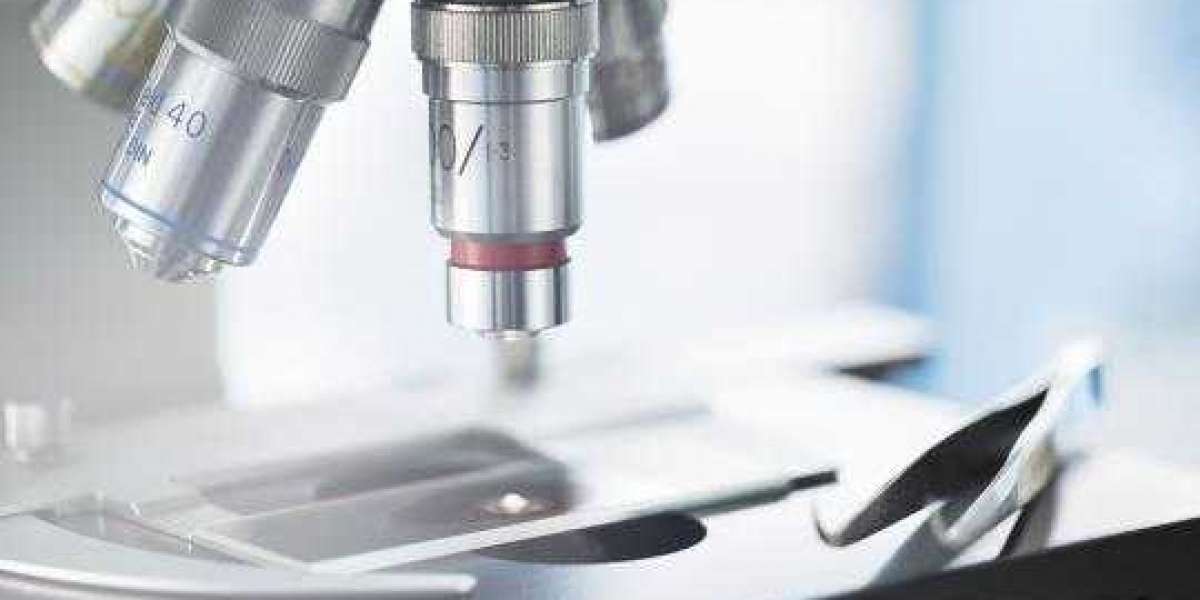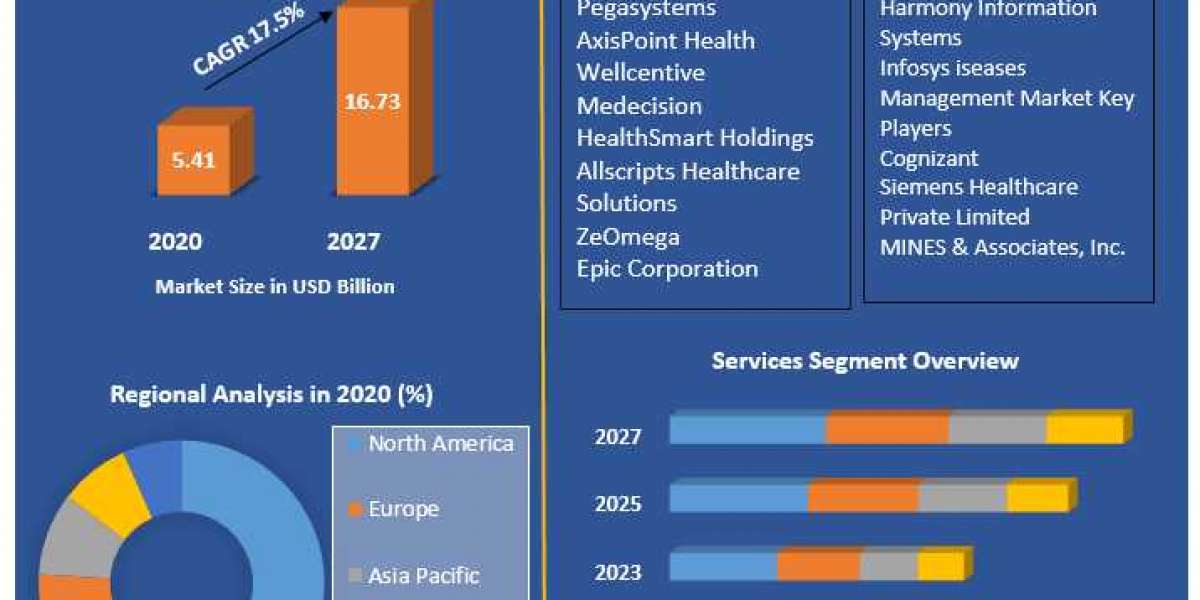In the rapidly evolving healthcare field, ensuring the accuracy, reliability, and quality of medical laboratory services is paramount. To address this need, the International Organization for Standardization (ISO) developed ISO 15189:2022, a globally recognized standard that specifies the requirements for competence and quality in medical laboratories. This article explores the steps toward implementing ISO 15189:2022 and the path to achieving medical laboratory excellence.
Understanding ISO 15189:2022
ISO 15189:2022 is a standard specifically designed for medical laboratories, focusing on their technical competence and management systems. Its purpose is to establish a framework that promotes excellence and continuous improvement in laboratory practices, ultimately leading to improved patient care outcomes. The standard encompasses a wide range of requirements, including personnel competency, equipment calibration, analytical procedures, and quality management systems.
Preparing for ISO 15189:2022 Implementation
Before embarking on the journey of ISO 15189:2022 implementation, it is crucial to conduct a comprehensive gap analysis. This analysis helps identify the areas where the laboratory's current practices deviate from the standard's requirements. Once the gaps are identified, the next step is to establish a robust quality management system (QMS) that aligns with the principles of ISO 15189:2022. The QMS provides a structured approach for managing laboratory operations, documentation, and continuous improvement processes.

Step-by-Step Implementation Process
Implementing ISO 15189:2022 involves a systematic and phased approach. The following steps outline the key stages of the implementation process:
Leadership commitment and policy development: Top management commitment is crucial for successful implementation. Leaders must define the laboratory's quality policy, setting the overall direction and objectives for the organization.
Documenting procedures and processes: A comprehensive set of documented procedures and processes ensures standardization and consistency in laboratory operations. This includes developing protocols for sample collection, handling, and analysis, as well as reporting and result interpretation.
Training and competence assessment: Competent and well-trained staff are essential for maintaining high-quality laboratory services. Training programs should be designed to address both technical and non-technical skills, and competence assessments should be conducted regularly to ensure ongoing proficiency.
Equipment and facilities management: ISO 15189:2022 emphasizes the importance of proper equipment maintenance, calibration, and validation. Laboratories must establish procedures for managing equipment, including regular inspections, maintenance schedules, and performance verification.
Pre-analytical, analytical, and post-analytical processes: ISO 15189:2022 requires laboratories to establish standardized procedures for all phases of testing, including pre-analytical (sample collection and preparation), analytical (instrumentation and analysis), and post-analytical (result verification and reporting) processes.
Internal audits and management review: Regular internal audits help identify areas of non-compliance and provide opportunities for improvement. Management reviews should be conducted to assess the effectiveness of the quality management system and make informed decisions based on data-driven analysis.
Corrective and preventive actions: Inevitably, issues and non-conformities may arise during the implementation process. Establishing a system for capturing and addressing these issues through corrective and preventive actions ensures that problems are resolved and future occurrences are minimized.
Continual improvement and monitoring: ISO 15189:2022 encourages laboratories to adopt a culture of continual improvement. By monitoring key performance indicators, analyzing data, and implementing appropriate corrective actions, laboratories can continuously enhance their processes and deliver superior services.














